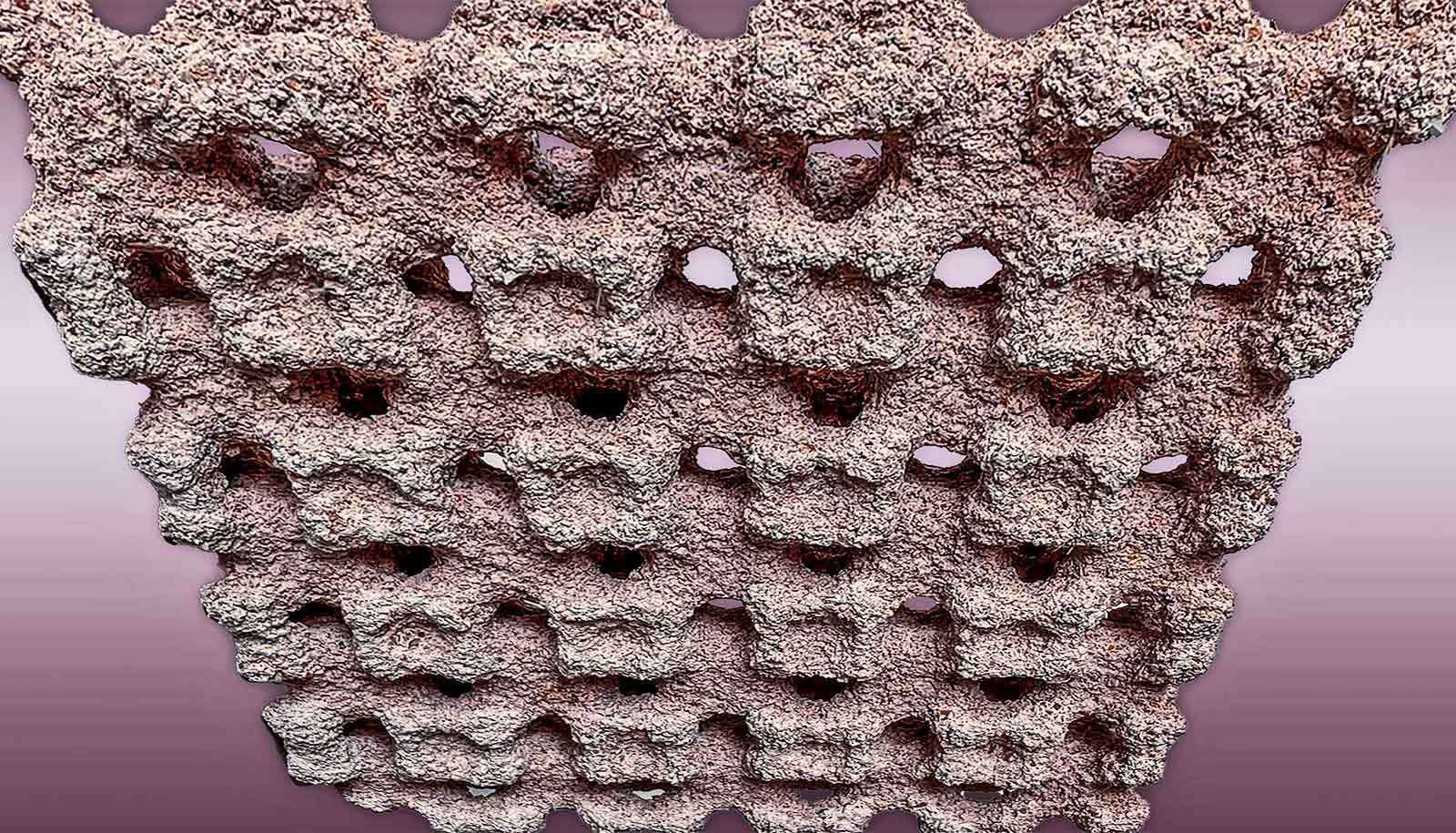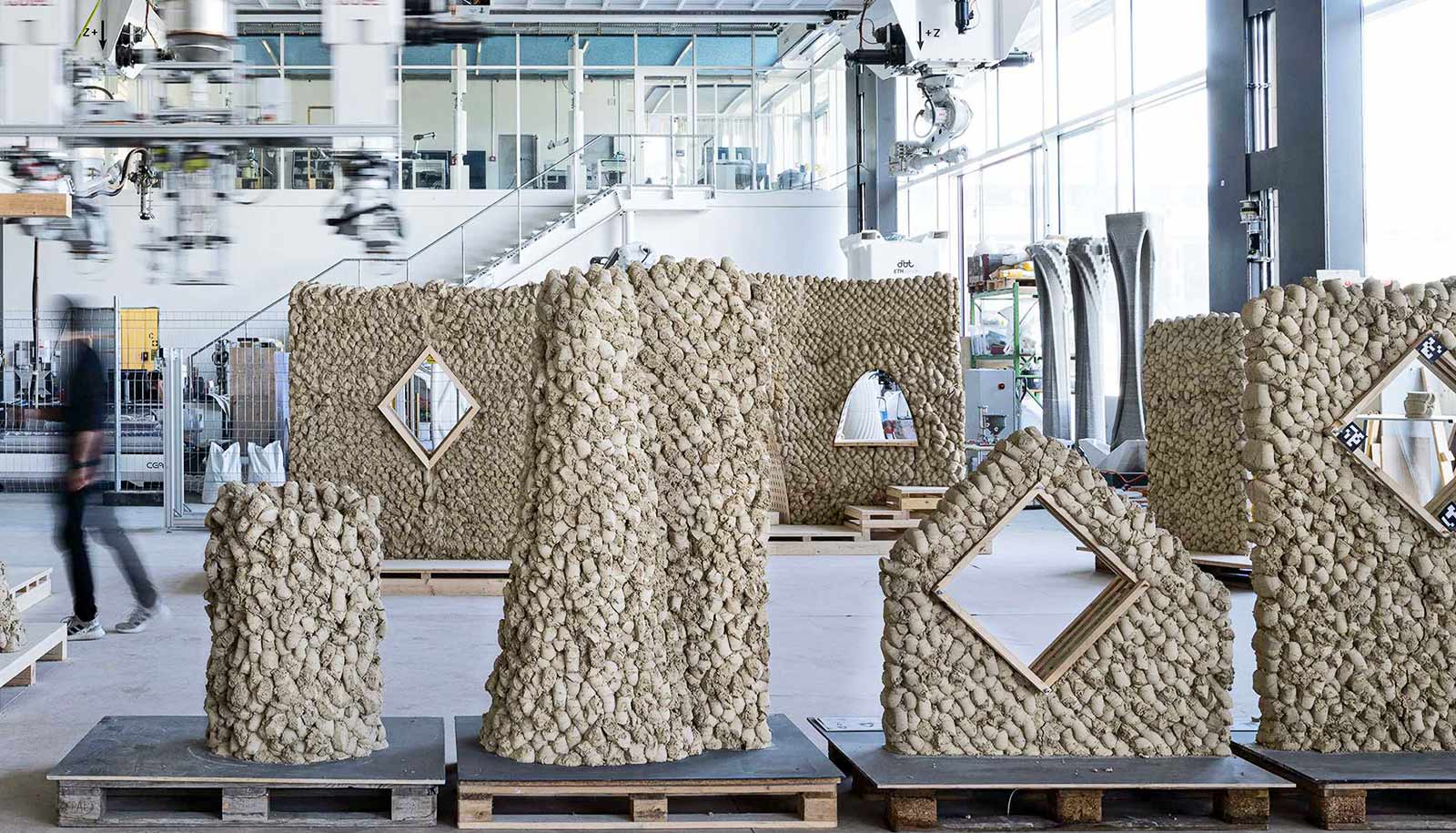Boulders can be an effective way to keep large vehicles from ramming into embassies and other buildings.
According to new research, a simple model is sufficient to select the right size boulder for the job.
A team led by Tong Qiu, assistant professor of civil engineering at Penn State, studied landscape anti-ram barrier systems, typically constructed of a boulder embedded in soil.
“Can we use that boulder to stop a truck, traveling at 30 miles an hour?” Qiu asked. Their results appear in the International Journal of Impact Engineering.
Because they were working on a solution for use by the US Department of State, the researchers had to address the Department’s practical need to find a boulder big enough to stop a truck.
“You can design all kinds of systems, but then the system has to be deployable overseas,” says Qiu.
The simple, speedy approach
The approach the team investigated has three parts, says Qiu—truck, boulder, and soil. In the model they developed, the soil is sand or gravel, which are standard construction materials. The goal was to find a boulder large enough that, embedded in this soil, it would stop a truck moving at a certain speed.
The most important factor in identifying a large enough boulder was the degree to which the boulder moved as a result of impact. Another key factor was speed of implementation.
“For the Department of State, sometimes they just want to have a quick evaluation,” says Qiu. “They want to come up with things maybe on the fly, as a first approximation.”
With this in mind, the researchers used a simple model, trading complexity and detail for simplicity and speed. In addition to the soil’s density and the speed of the truck, the model accounted for the soil components’ elastic resistance to impact and the dissipation of energy caused by soil rearrangement and displacement and by vehicle deformation.
“You use this (simple model) to size the boulder and to come up with a rough estimate—will this size of boulder work?” says Qiu.
Testing the boulders
The researchers performed a full-scale field test at Penn State’s Larson Transportation Institute, using trucks weighing about 15,000 pounds and traveling about 30 miles per hour to crash into two boulders—one American black granite, weighing over five tons, and one Rockville white granite, weighing over 25 tons.
The team recorded the crashes with high-speed cameras, then used image analysis to study the impact, including boulder displacement.
[related]
During the field test, the larger white granite boulder, which was buried about seven feet deep, moved only slightly and successfully stopped the truck, as the simple model predicted. The smaller black granite boulder, buried almost four feet deep, dislodged from the soil when struck.
The team concludes that the model does not hold true if the boulder rotates substantially, but as long as a boulder does not rotate too much due to the vehicle’s impact, the model can accurately predict an appropriate boulder size to use as a barrier.
The researchers believe that, even though the model does not include every detail of what happened during the crash, it still proves functional. Indeed, the model has already been deployed at an embassy overseas.
“We provided a tool for the Department of State to be able to size a boulder for embassy protection,” says Qiu. “It’s a quick assessment tool so they can do it very quickly.”
Additional researchers from Penn State and Lafayette College contributed to the work, which the US Department of State funded.
Source: Penn State


